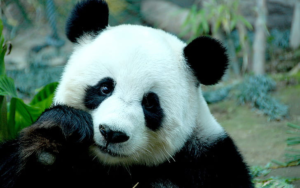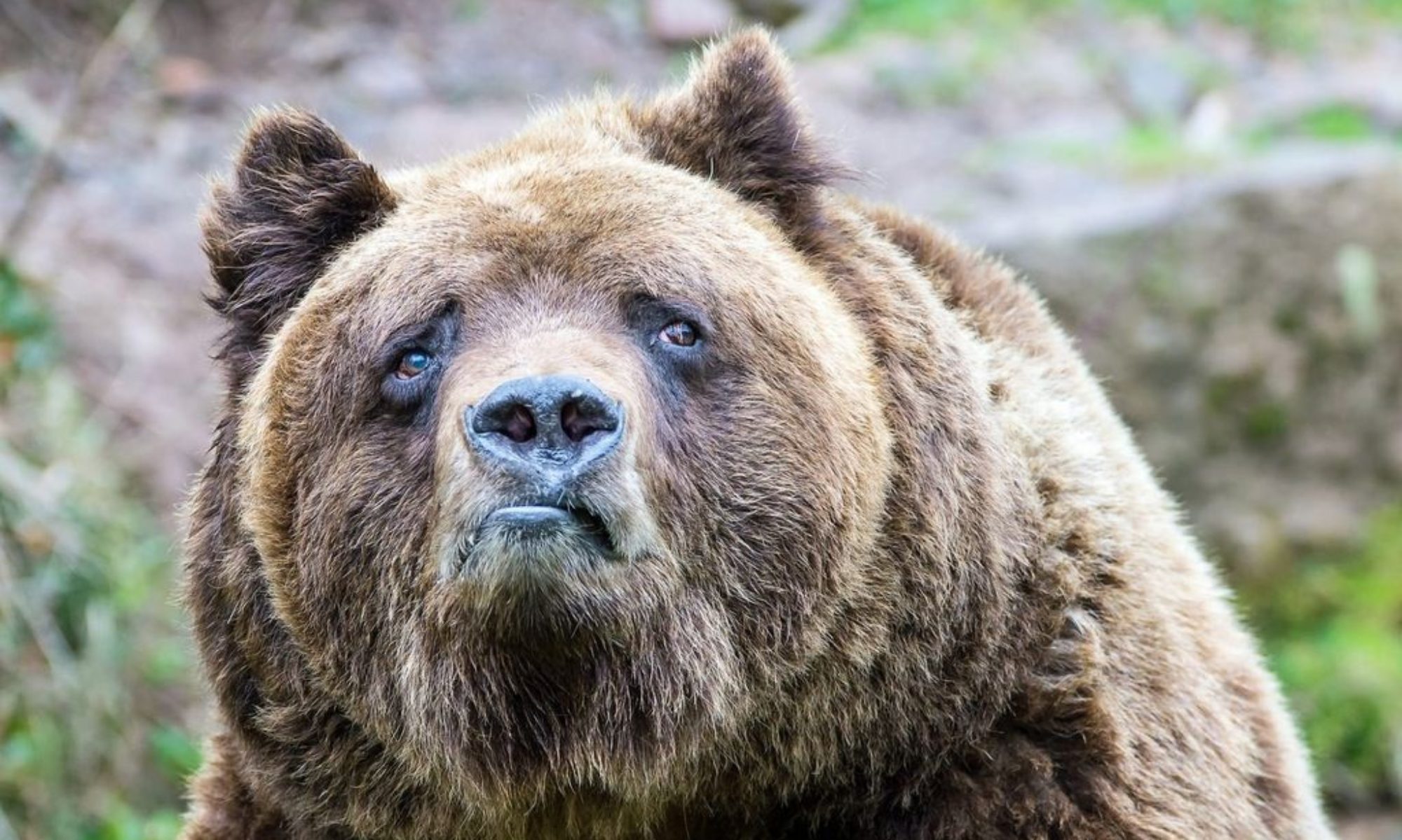
Millions of animals are poached every day, from tiny animals such as beavers and lemurs to larger animals such as the American Black Bear and Walruses. These animals are slaughtered on an extensive scale, immensely affecting their population and rate of survival. Poaching has immense negative consequences for many species globally. It is the primary cause of why a species can suffer extinction. Poaching for exotic pets affects animals’ physical health. These “exotic” animals have to eat specialized diets and need outdoor space to fly around and be generally active. Due to these animals remaining barred in cages, they usually suffer a vast amount of damage to their physical figures and don’t survive in newfound environments. Poaching also deals an enormous amount of damage to humans. Hundreds of rangers preserving wildlife are killed through guns. During 2009 and 2016, more than 600 rangers were killed in active duty, while in the Democratic Republic of the Congo’s Virunga National Park, approximately 170 rangers have been killed during the past two decades.
Poachers ruthlessly kill or capture animals for global trading, or selling them locally and internationally. There is a massive wildlife black market that has increased immensely over the past few years. These animals are primarily sold in Asia, which has the largest wildlife black market. Animals such as Elephants are greatly threatened by poachers because of their ivory and are now heavily protected. However, this only led to an increase in capital proffered to poachers, for larger amounts of Elephant tusk. Costs have reached over two-thousand dollars per kilogram of Elephant tusk. Similar to Elephant poaching, Rhinos have a tremendous misfortune with their husks. Rhino horn is approximately sold for sixty-five thousand dollars per kilogram. The highest demand for these husks is in countries that are located in south-east Asia, where they believe that the consumption of Rhino horn can cure any disease that mankind is vulnerable to. Species such as birds, reptiles, and primates are captured from their tangible habitat, only to be sold and kept as exotic animals. Animals that are slaughtered have an economic value such as food, jewelry design, and decor. Similar to Rhinos and Elephants, thousands of distinct species are poached every day and are exceedingly vulnerable to extinction. However, poachers don’t only kill animals for huge sums of profits. Several poachers target animals that consume crops and ordinarily attack livestock. Animals that are poached due to this reason are commonly lions and elephants in Africa, including wolves, coyotes, and additional predators in North America.
Several countries offer national parks to animals that are threatened by poaching, while also having strict measures in place such as making poaching a federal offence that can be punishable by prison or fines that cost huge sums of money. Poachers in Africa and Asia are usually locals living in poverty, making small amounts of money, compared to global traders. This results in less severe penalties or fines for them compared to global traders. In addition to these strict measures in place, several non-profit organizations are working countless hours to spread awareness on the effects of poaching and stop this global threat. They also provide sustainable wildlife job opportunities that poachers can sustain to earn money for their families and themselves. One of the largest ways non-profit organizations stop poaching is by spreading awareness to people of not purchasing such products. This results in diminished demands for animal products, resulting in fewer animals being killed, and their populations prospering once again.
